It’s a Close-up lens, It’s a Filter
This is what I’m talkin bout!
This item goes by different names, Diopter, close-up Filter, Auxiliary close up attachment . . . it is one of my secret weapons that’s always lurking in my camera bag or in one of the pockets in my cargo pants or camera vest if I am going light and not carrying a bag. Yep . . it’s a piece of Canon gear . . . Yup, those of you who know me I carry and shoot Nikon. Trust me your photos will never know the difference and neither will your Nikon camera . . . This is one super little attachment that I take wherever I go. It’s an inexpensive (less then a dedicated macro lens), simple, and lightweight way to increase the close-up and macro capabilities of most camera systems.
NOT THESE THINGS !!!
THESE . . . .
I am going to talk about Nikon Close-up filters, but this applies for the most part to the Canon Close up filters as well.
Nikon Made them for awhile, Canon still makes them, and PLEASE do not confuse them with those cheap 4 piece close-up filter sets you get online for $15 to $30 dollars . . . The high end Nikon T series and Canon D series Close-up filters are very different creatures; they are high-quality two-element (doublet), achromatic lenses which reduce the chromatic aberrations to very nearly zero, and keep images sharp from edge-to-edge. This happens because of their construction. One element is made of crown glass and the other of flint glass, each of which bends light differently and effectively cancel color aberration.
The Nikon T series come in two thread sizes:
•52 mm for the Nikon 3T & 4T
•62 mm for the Nikon 5T & 6T (I use these on my micro Nikkor 70~180mm zoom exclusively)
You can get Canon D series close up lenses in Filter sizes from 52,58,72,77 mm
The Nikon filters come in two strengths:
•+1.5 diopters for the 3T & 5T
•+2.9 diopters for the 4T & 6T
which is roughly the same for the Canon 250D & 500D and, the 250D is suited for lenses with a focal length anywhere from 30 to 135mm. The 500D and 500 are geared for lenses with a focal length anywhere from 70 to 300mm. I use the Canon 500D 77mm on my 70~200 f/2.8 almost exclusively.
Sometimes you’ll see the 4T and 6T listed as +3 diopters; that isn’t correct according to Nikon’s own literature. Some people just round-up to make computations easier.
The Bad News: At the time this posting, the 3T, 4T and the 5T and 6T are no longer in production or available from Nikon, you will only find them on the used market, they can fetch a high price if in Like New condition in their original box as collector items. If you are lucky, you wont pay more then double the original price to get a set.
The Good News: The Canon Close-up Series filters are still being made (the 250D & 500D close-up lenses) in many more filter sizes up to 77mm, they are costly and in high demand, often “out of stock” at most places, don’t be discouraged as B&H Photo and Adorama often get them in . . . Yes you can find them on eBay and often way over priced, Do look but don’t pay over retail for one. I have seen them go for triple the price you’d pay at a reputable online retail store. Again, they are costly, but they are much less then a new macro lens and much more versatile IMHO, especially if you chase butterflies or Dragonflies . . .
The Ugly news: What about those knockoffs? Well I don’t know, I have used the above mentioned brands and can only speak for them, anything else? Well read the specks and abide by the old saying “buyer beware” . . . who knows what quality they are.
The Nitty of the Gritty
Working Distance:(WD), The WD of a Nikon 6T is 13.6 inches, or slightly over a foot. A 5T is 26.25, or a little more than 2 feet. The WD of the Canon 500D & 250D are about equivalent to the Nikon T series.
How to use them
So what do I use and how do I use them. It might seem sacrilegious to the Nikon camp & the Canon camp that I use both Nikon and Canon close-up lenses on my Nikon lenses, but, Canon make the only ones in 77mm. I would suggest if you purchase the Canon that you get one in 77mm and use step-up or step-down adapters for lenses using smaller filter sizes, it saves having to buy multiple close-up filters to fit different lenses, unless you are using it with a specific macro or close-up lens.
If your camera’s lens has the same size threads as the close-up lens, you just screw them on. If your camera lens has threads, but not in the right size, you’ll need an adapter; either a step-up ring, or (not recommended) a step-down ring because it can cause vignetting. These are inexpensive–usually less than $10. I have both the Nikon & the Canon close-up lenses, I use the Canon 500D in the 77mm size as it fits most of my tele-zoom lenses, if I need I use a step up filter ring.
Why bother?
True macro doesn’t even begin until magnification reaches or exceeds life-size at 1x! Cameras which do exceed .5x require a very close working distance. One of the universal, basic rules of macro-photography is that the more magnification you use, the more light you need. There are some workarounds, such as using an external flash, but that’s one more bulky, battery-eating piece of gear to carry, or carrying a close-up filter like the Canon 500D.
When I am in the mood for chasing butterflies I love using my Nikkor 70-200 f/2.8 with the Canon 500D , I am able to have the mobility to capture photos you just can’t get tethered to a tripod, I do use it with a mono-pod which works almost as well. Only drawback! your infinity focus is gone when using the close-up filter adapter.
As you can see, a single Nikon or Canon Close-up Filter is a pretty good add-on for a medium tele-zoom lens – giving more than ½ life-size magnification at a working distance of a foot or more, as well as giving a vast improvement in ease of lighting and composition allowing more freedom of movement, and, We’ve turned a telephoto lens into a zoom-able macro lens for about $150. Pretty handy for skittish bugs like butterfly’s or dragonflies who don’t want you too close! not to mention, you can have it with you at all times so when the urge hits you . . . you and your muse can indulge in some close-up / Macro creations.
Stacking Close-up Lenses
Nikon T-series lenses may be stacked; that is, they are threaded on front and back so that one may be screwed onto another. This means you can use more than one at a time to get more magnification. To calculate the new dioptric power of the combination, you add, not multiply. A 3T stacked on a 4T would be 1.5 diopters plus 2.9 diopters = 4.4 diopters. The order they’re put together doesn’t matter in terms of power, but Nikon advises users to put the highest power nearest the camera lens. This isn’t a hard and fast rule, and some systems seem to work better the other way, and in some cases, reversing one of the lenses may offer a slight improvement. There’s no limit to the number which can be stacked, but the more you use, the greater the problems mentioned in the next section will be. I would suggest here that you play with the stack and see what combination suits you. (the Canon close-up lenses can be stacked as well).
Light loss & vignetting
Sometimes you’ll read that close-up lenses like the T-series don’t have light loss. This clearly isn’t true, anytime light passes through glass, some of it is reflected, and some of it is absorbed. The better the glass, and the better the reflective coatings, the less this is prone to happen. The T-series is so good, that this loss is minimal, and that’s probably why they are often considered, “loss-less.” It can be more of a problem though with stacking. I’ve never used more than Two 4-T’s together because of this. For more power and less light loss, I use a reversed 50 mm camera lens which acts as a super-high-quality 20+ diopter close-up lens. Another problem with close-up lenses, including the Nikon’s, is vignetting, a darkening in the corners and edges of an image. This is typically not a problem if a single T-series lens is the same size as the camera’s lens, or larger. This is why step-down rings aren’t recommended. In any case, vignetting is less of a problem at full zoom. Vignetting becomes more of a possibility as you stack lenses, since you are essentially looking through a tube.
DOF (Depth of field)
Ah, Our old friend DOF . . . One of the facts of photographic life is that the greater the magnification, the thinner the part of the scene in focus is. The Nikon T-series isn’t immune to this. The practical limit for field use is a combination that results in no more than 2x–twice life-size. Any greater than this, and the slightest movement of the camera or your tiny subject will throw the image out of focus. Tripods, and built-in image stabilization VR for you Nikon users, and note: turn VR off when on a tripod) used with these lenses will help, but above 2x, getting a well-focused image is more luck than skill. So how do I shoot with a Close-up filter attached you ask? well there are tricks to this, yes use AF for butterflies & dragonflies if your hand holding, turn it off when on a tripod, same goes for VR turn it off . . . you’ll get more keeper shots by using manual focus and a trick called “Rocking Focus“. Rocking Focus is were you rock yourself (camera held tight) back and forth to get the part of the (subject) bug you want in focus in the zone or plain of focus. Sounds complicated but really works, practice on flies until you get the hang of it. Use high ISO to get a better shutter speed, and learn to roll your finger across the shutter button rather than stabbing it, this will reduce vibration (when on a tripod use a shutter release cord or the timer). If the subject isn’t moving and you can pick up the flower or stem it’s on then you can learn another technique were you hold the stem in your hand against the end of the lens in the focus zone (this eliminates movement from you or your subject) . . there are as many techniques as there are subjects to photograph. Hopefully this quick down and dirty overview of Close-up filters has wet your appetite for “Close-up / Macro” photography. On a final note, get that cheap close-up filter set as well, it has loads of fun uses as well . . . Have I ever explained how to make a soft focus lens using a cheap close-up lens and a cheap bellows? I’ll leave that for another post . . . . now get off your duff and go make some pictures. This is Tim . . . aka (Digi), hope you enjoyed, please share this blog and if you desire so . . . please comment. . . thanks for reading . .
Finally, a few examples


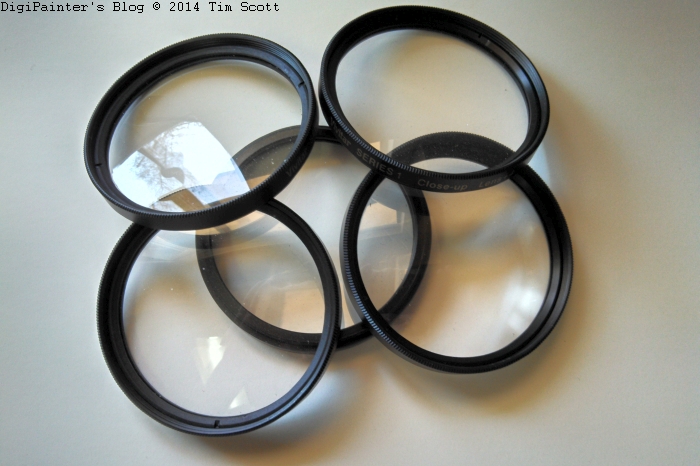
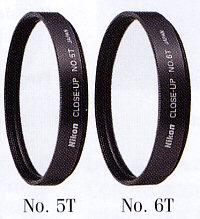
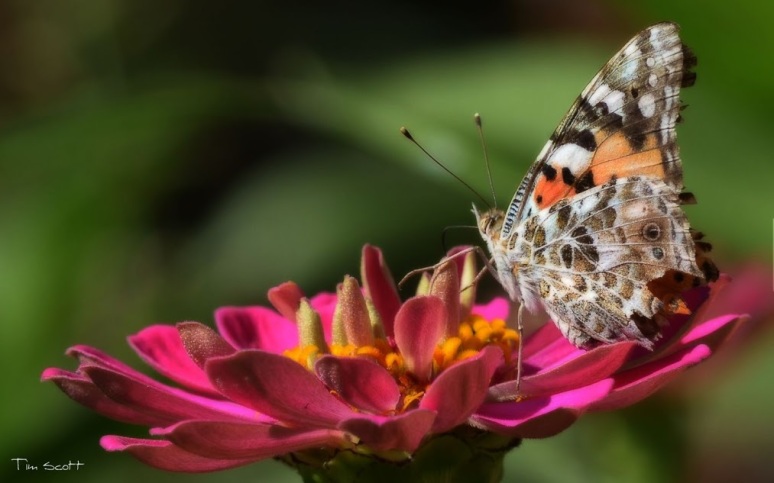
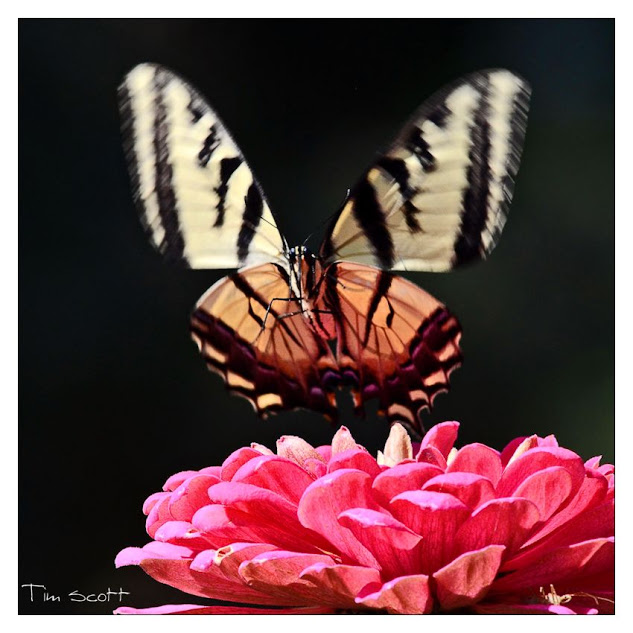
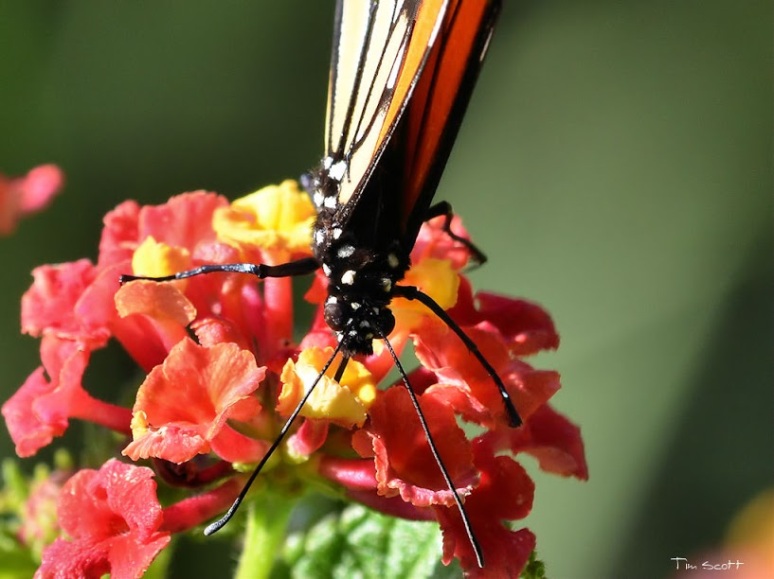
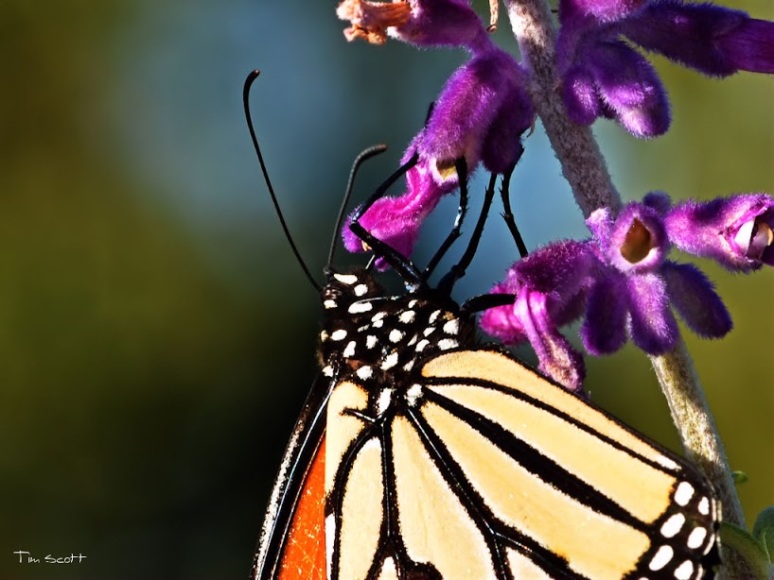

Pingback: Close-up Lenses – Yarra Valley Numismatics
Great info, appreciate you sharing Tim.